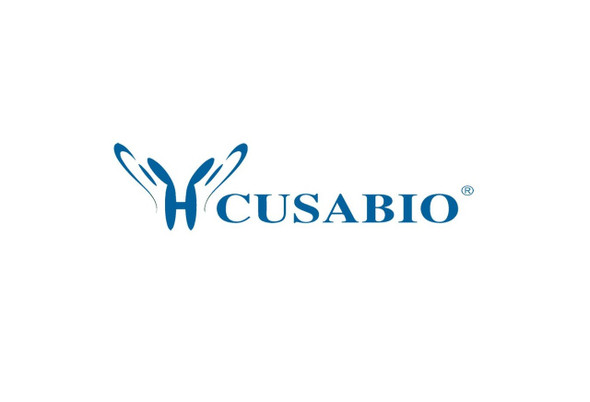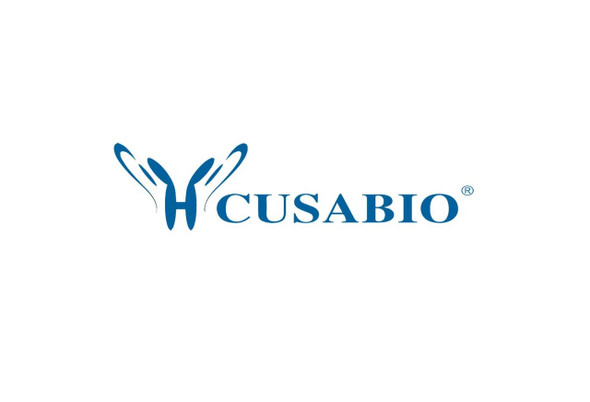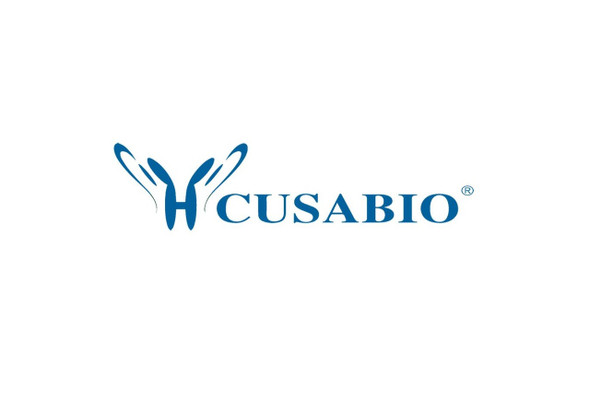Cusabio Human Recombinants
Recombinant Human Carboxypeptidase A6 (CPA6) | CSB-EP005880HU
- SKU:
- CSB-EP005880HU
- Availability:
- 3 - 7 Working Days
Description
Recombinant Human Carboxypeptidase A6 (CPA6) | CSB-EP005880HU | Cusabio
Alternative Name(s): CPA6; CPAHCarboxypeptidase A6; EC 3.4.17.-
Gene Names: CPA6
Research Areas: Signal Transduction
Organism: Homo sapiens (Human)
AA Sequence: SLSGYNYEVYHSLEEIQNWMHHLNKTHSGLIHMFSIGRSYEGRSLFILKLGRRSRLKRAVWIDCGIHAREWIGPAFCQWFVKEALLTYKSDPAMRKMLNHLYFYIMPVFNVDGYHFSWTNDRFWRKTRSRNSRFRCRGVDANRNWKVKWCDEGASMHPCDDTYCGPFPESEPEVKAVANFLRKHRKHIRAYLSFHAYAQMLLYPYSYKYATIPNFRCVESAAYKAVNALQSVYGVRYRYGPASTTLYVSSGSSMDWAYKNGIPYAFAFELRDTGYFGFLLPEMLIKPTCTETMLAVKNITMHLLKKCP
Source: E.coli
Tag Info: N-terminal 6xHis-SUMO-tagged
Expression Region: 130-437aa
Sequence Info: Full Length of Mature Protein
MW: 52.2 kDa
Purity: Greater than 90% as determined by SDS-PAGE.
Relevance: May be involved in the proteolytic inactivation of enkephalins and neurotensin in some brain areas. May convert inactive angiotensin I into the biologically active angiotensin II.
Reference: Carboxypeptidase A6 gene (CPA6) mutations in a recessive familial form of febrile seizures and temporal lobe epilepsy and in sporadic temporal lobe epilepsy.Salzmann A., Guipponi M., Lyons P.J., Fricker L.D., Sapio M., Lambercy C., Buresi C., Bencheikh B.O., Lahjouji F., Ouazzani R., Crespel A., Chaigne D., Malafosse A.Hum. Mutat. 33:124-135(2012)
Storage: The shelf life is related to many factors, storage state, buffer ingredients, storage temperature and the stability of the protein itself. Generally, the shelf life of liquid form is 6 months at -20?/-80?. The shelf life of lyophilized form is 12 months at -20?/-80?.
Notes: Repeated freezing and thawing is not recommended. Store working aliquots at 4? for up to one week.
Function: May be involved in the proteolytic inactivation of enkephalins and neurotensin in some brain areas. May convert inactive angiotensin I into the biologically active angiotensin II
Involvement in disease: Epilepsy, familial temporal lobe, 5 (ETL5); Febrile seizures, familial, 11 (FEB11)
Subcellular Location: Secreted, extracellular space, extracellular matrix
Protein Families: Peptidase M14 family
Tissue Specificity: Expressed in the hippocampus, nucleus raphe, and cortex.
Paythway:
Form: Liquid or Lyophilized powder
Buffer: If the delivery form is liquid, the default storage buffer is Tris/PBS-based buffer, 5%-50% glycerol. If the delivery form is lyophilized powder, the buffer before lyophilization is Tris/PBS-based buffer, 6% Trehalose, pH 8.0.
Reconstitution: We recommend that this vial be briefly centrifuged prior to opening to bring the contents to the bottom. Please reconstitute protein in deionized sterile water to a concentration of 0.1-1.0 mg/mL.We recommend to add 5-50% of glycerol (final concentration) and aliquot for long-term storage at -20?/-80?. Our default final concentration of glycerol is 50%. Customers could use it as reference.
Uniprot ID: Q8N4T0
HGNC Database Link: HGNC
UniGene Database Link: UniGene
KEGG Database Link: KEGG
STRING Database Link: STRING
OMIM Database Link: OMIM










